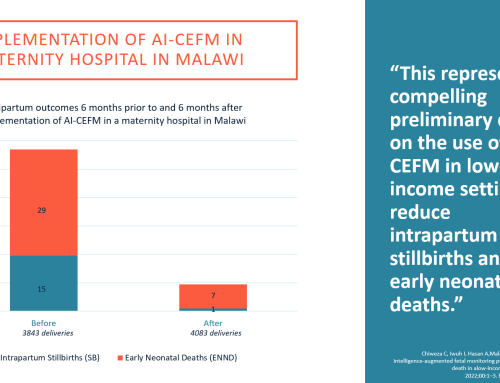- Quality and safety in the inpatient setting
- Clinical competence
- Quality and safety in the outpatient setting
- Data analysis tools
The manual is presented in five parts. Part 1 provides background information on the evolution of health care quality improvement efforts. Part 2 provides an overview of quality and safety in the inpatient setting, including quality measurement, disclosure of adverse events, hospital leadership roles in community hospitals and residency programs, and patient safety initiatives. Some information may be adapted for use in the ambulatory setting. Part 3 addresses the issues of assessing clinical competence, one of the key elements of any quality improvement program and certainly a major responsibility for chairpersons of obstetrics and gynecology departments. Part 4 addresses quality and patient safety issues in the outpatient setting. Part 5 covers tools that can be used to analyze data or study management issues. Provided in the appendices are resources that include the 2009 Report of the Presidential Task Force on Patient Safety in the Office Setting and the World Health Organization’s Surgical Safety Checklist.”








